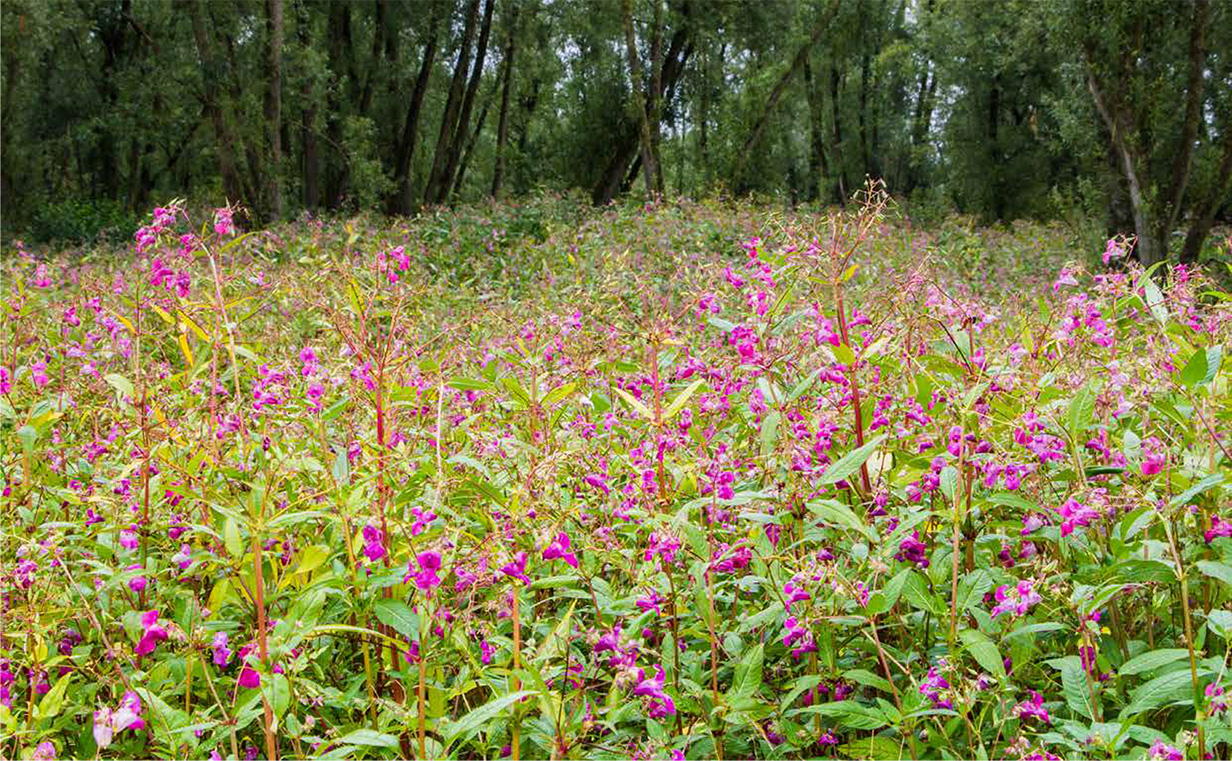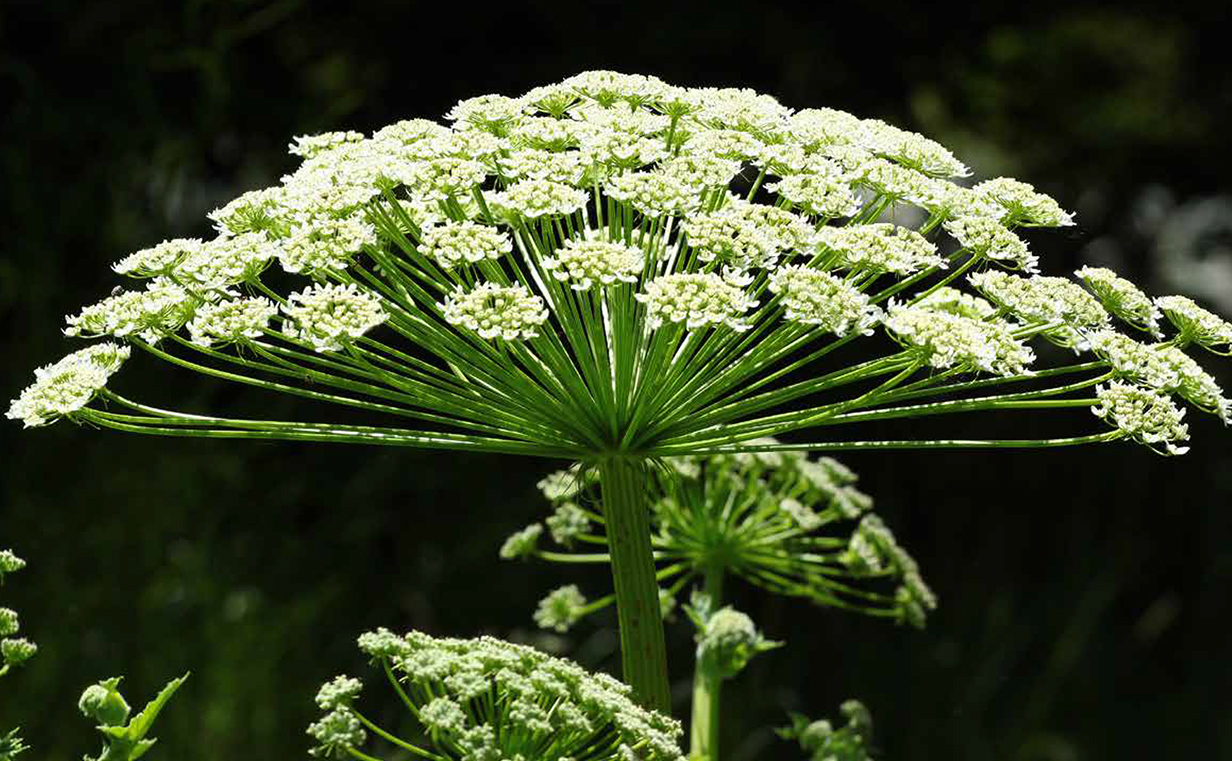
other invasive species
Schedule 9 of the Wildlife and Countryside Act 1981 lists over 40 other plant species whose invasive nature are of serious concern to local and national biodiversity, and are subject to the same legislation as Japanese Knotweed.
Of those listed, the most commonly encountered species are Himalayan Balsam and Giant Hogweed.

Himalayan Balsam
Himalayan Balsam was introduced in 1835 and has since established itself throughout the UK. It can grow from seed to 2.5m in a single growing season, colonising riverbanks and damp ground, crowding out native flora and leaving the riverbanks susceptible to erosion and flooding.
The plant is recognised by its fleshy, hollow stems, lance shaped serrated leaves that grow in whorls around the stem, and pink-purple flowers.
A single plant can produce 2500 seeds, with explosive seed heads that propel the seed 6m away from the plant. It is therefore vital to control the plant before its sets seed. This is usually achieved by herbicide application, hand-pulling or excavation, and will need monitoring over at least 2 years to ensure that the seed bank is eradicated.

Giant Hogweed
Giant Hogweed is a very large, short-lived perennial that can grow up to 5m high, with large white flower heads capable of producing 100,000 seeds per plant. These seeds can typically exist for up to 5 years in the ground.
The plant colonises river banks, streams, canals and railways, where its prolific seed production and vigorous growth result in large-scale changes to local biodiversity and can obstruct access to pathways and rivers. In addition, if sap from the plant comes into contact with skin it can cause severe dermatological effects.
There exists a range of options for controlling the plant, from chemical treatment to excavation. which can take several years to achieve due to the high quantity and longevity of the seeds.
If you think you have a problem with these plants on your land, or are unsure as to their identification, contact Gha Environmental now.



